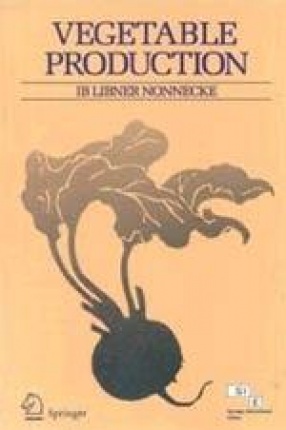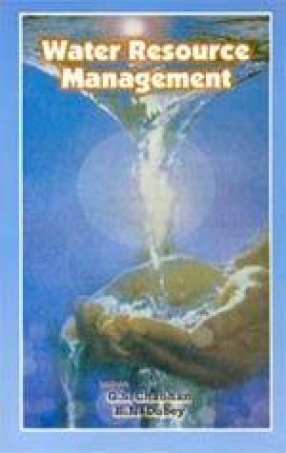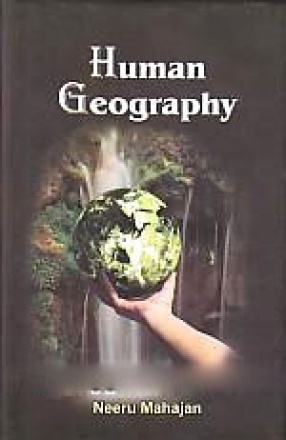Vegetable Production was written with two objectives in mind; to compile a balanced undergraduate textbook on current vegetable production knowledge in the United States and Canada, and to fill a long-standing void in this field, replacing H.C. Thompson’s classic work and fifth edition coauthored by W.C. Kelly (1957), long the standard in the field vegetable production. The major reasons for linking U.S. and Canadian vegetable production are first to underscore the unique in-terdependence of a cool temperate country where only the most southerly tier produces scattered commercial vegetable production, limiting most vegetables grown commercially to one crop per year, and second to underscore the dependence tier commercial vegetable growers of the United states. The United States is canada’s key supplier of fresh produce. Canada is an important source of vegetables, especially frozen vegetables. Vegetable production does not attempt to provide detailed cropping recommendations as such. Since the late 1950s the comm8nication process state-by-state and province, bolstered by in-depth commodity research, has annually provided accurate updated vegetable fertilizer and pesticide data, thereby making the role of all -encompassing recommendations unnecessary in a textbook of this kind.
Vegetables Production
In stock
Free & Quick Delivery Worldwide
Bibliographic information
Title
Vegetables Production
Author
Edition
Reprint
Publisher
ISBN
8181285069
Length
xii+657p., Tables; Glossary; Bibliography; Index; 23cm.
Subjects





There are no reviews yet.